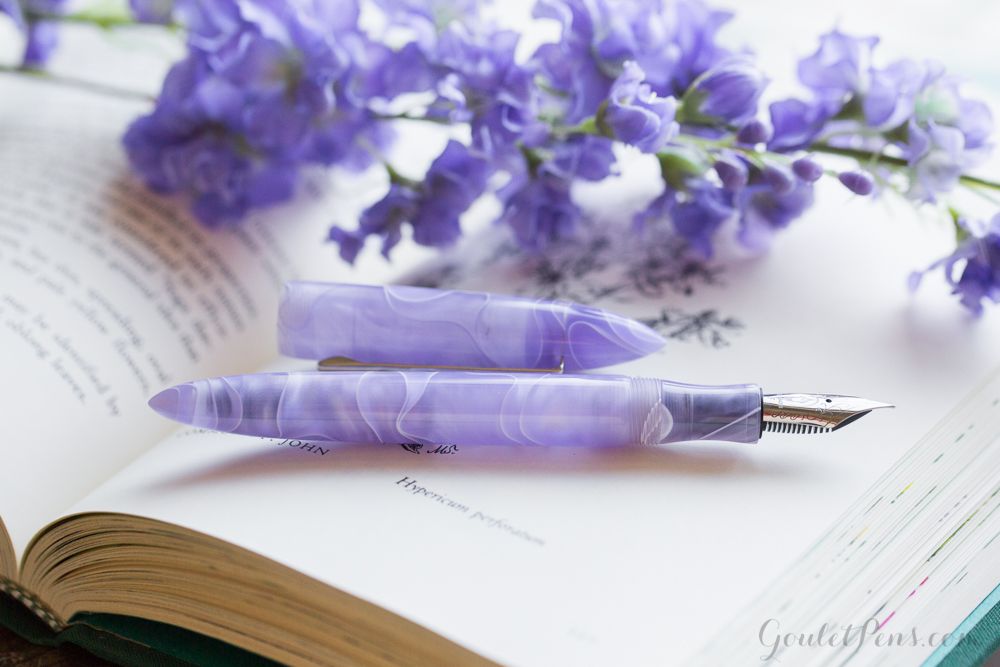Poetry is difficult. It’s hard to read. So… why is it celebrated as much as it is?
From oral epics originating before people wrote down their stories to what we call modern free verse, the works of many authors are glorified in time with pencil and paper. Why?

A poem is a concise story that structures the language and diction to evoke a specific emotion from its readers. Pain, love, and joy are just a few emotions that are conveyed through the tone; the words can affect one reader in a very different way from another. These emotions expose readers to their subconscious and draw them with the shock of how much the poem tells their story.
Some poems stick with a person for life, nagging them with their intricate wording and second meaning. The poem “When I am a Hummingbird” haunts the audience with a vigor that makes it impossible to ever stop thinking about it. That’s the kind of poem you want to bring to life.
To create poetry, you must understand how to translate your emotions into words. And in order to figure out your technique of illustrating feelings, understanding how other authors illustrate emotion becomes crucial. Though poetry may seem indecipherable, its meaning is unlocked with one simple ingredient: Time.
Have you ever read a book twice? If not, more than twice? With time, we gain insight into the world around us. Upon returning to something we assumed we already conquered and understood, our knowledge and appreciation for it grows. This expansion of understanding is called “maturity.” Maturity over time of reading a poem is what makes us understand it more. For instance, reading “Stopping by the Woods on a Snowy Evening” by Robert Frost for the first time – it might seem to be a simple, rhyming story. Over time, as our understanding broadens on this poem, its entire storyline transforms into a metaphor.
To write a poem, gut feelings and instinct drive the piece to its finalization more than editing. Word choice from the heart broadens the ideas in the poem and what the author is trying to convey more than constant editing that scatters the tone the poem worked to build upon. Of course, editing is needed in order to fine-tune the purpose of the poem, but keeping the raw and blunt words is what brings out emotion and compassion from others.
When you picture what you want your poem to present to the readers, draw it out with words. Emotion (as I stated before) as well as imagery, are crucial to have the readers feel what you felt when writing the poem. When you write a poem, especially when it isn’t a graded assignment, you should almost hear the words being played out in your mind. Flowing, cascading, down your neck and spine. Those words should flow through your arms and find their way into the capillaries in your fingers as you write them down. Emotion, especially strong ones, should leave in the form of words on paper. You should feel out of breath and euphoric. Those emotions spell out your potential and the potential of your work.
That’s it. That’s how to write poetry. When you lift your fingers off the keyboard or away from the paper, you can see the natural style of structure and form your words take. It could be similar to Billy Collin’s work, with long, detailed sentences. Or, it could be like E.E. Cummings’ poetry, with abstract words and intricate use of punctuation. What becomes of your poems is up to you. You may decide to keep them private because they have more value when kept hidden. Or, you could publish your works in order to expose others to the beautiful work that is your style of poetry.
If you decide to publish, Bedford High School can carry your work in its very own published magazine, The Fourth Floor. Here, you can publish your art and literary work freely and creatively. It is your choice whether you think the world is ready for your creations. When the time comes, your voice will be heard.





